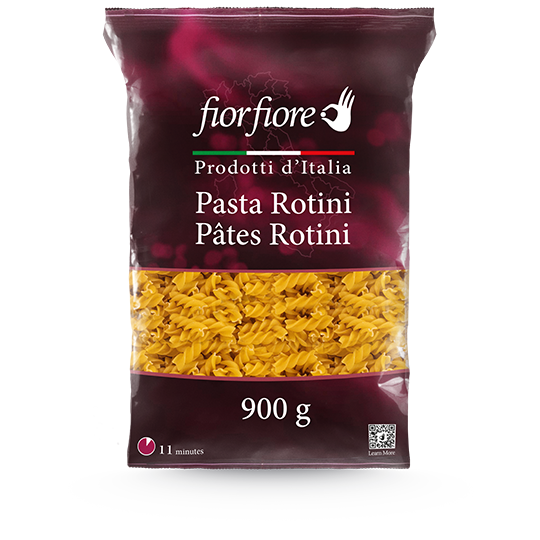


Tomato and olive pasta sauce 673 ml
Few ingredients, of the highest quality, mixed to flavor your first courses with all the simplicity of Mediterranean tomatoes and the tastiest olives.
Good for pasta but also perfect for flavoring entrees and side dishes.
Tomato sauce: the star in Italian everyday cooking
- Tomato sauce is an inevitable ingredient in traditional Italian cuisine. Prepared by slowly cooking the pulp of tomatoes in olive oil, it is the basis for meat ragout and full-bodied sauces, but also for fish dishes, soups and pizza, the queen. Tomato sauce is the main character in Italian cookbooks, together with olives, basil, ricotta, peppers, chili peppers and much more, when it comes to complementing a pasta dish.
- CONSERVATION TECHNIQUES: Brought to the Old World after the discovery of America, the tomato was not seen on tables until 1690, when it was found as "Pomadoro Salsa alla Spagnuola", in the cookbook of the Spanish Viceroy's court cook in Naples. At the time the tomato was used only fresh, squeezed or boiled to make some sauce to be used within a few days. In 1762, thanks to Lazzaro Spallanzani, conservation techniques were defined to preserve the cooked tomatoes in closed containers. This allowed their use all year round.
- FROM THE KINGDOM OF THE TWO SICILIES TO PARMA: We must wait until 1839 to find the tomato sauce paired for the first time with pasta as a condiment. With the unification of Italy, the northern regions of the country came to know about this succulent fruit, which had, by now, long been successfully grown in the former Kingdom of the Two Sicilies (today corresponding to the Regions of Campania, southern Lazio, Abruzzo, Puglia, Basilicata, Calabria and Sicily) and its wide use in the kitchen. Thus, in the city of Parma, in the region of Emilia Romagna, farmers started preserving tomatoes by drying them in the sun before turning them into sauce.
- THE EVOLUTION CONTINUES...: The preserving techniques are refined and extend to the present day enriching with the tasty variations proposed by Fiorfiore: tomato and basil, tomato and olives, tomato and ricotta and arrabbiata sauces.

Ingredients
Diced tomato in tomato juice, olives (green and kalamon olives), tomato paste, extra virgin olive oil, onion, sugar, white wine, salt, capers, parsley, garlic, olive natural flavor, oregano. may contain olive pits.
Preparation
Empty contents into a pan. Heat gently and stir into cooked pasta and serve immediately. Store in a cool, dry place out of direct sunlight. once opened cover with oil, keep refrigerated and use within 5 days.
| Nutrition Facts | Per 1/2 cup (125mL) | %Daily Value* | Read more | |
|---|---|---|---|---|
| Calories | 102 | |||
| Fat | 6 g | 7% | ||
| Saturated | 1 g | 4% | ||
| Trans | 0 g | |||
| Carbohydrate | 11 g | |||
| Fibre | 3 g | 11% | ||
| Sugars | 7 g | 7% | ||
| Protein | 2 g | |||
| Cholesterol | 0 mg | |||
| Sodium | 818 mg | 36% | ||
| Potassium | 420 mg | 9% | ||
| Calcium | 40 mg | 3% | ||
| Iron | 0 mg | 0% |
*5% or less is a little, 15% or more is a lot.

Olives:
on Italy’s tables for centuries.
Olives are a classic ingredient of Mediterranean cuisine. Olive trees can live over 1000 years and the older the olive tree, the better its fruit. Olives are also one of the few foods that have all four basic flavours: sweet, salty, bitter and sour.
With its 350 varieties, olive growing is present in 18 regions of Italy out of 20, particularly spread in the southern and island regions of Puglia, Calabria, Sicily, Basilicata, Campania and Sardinia, where 88.0% of national production comes from 150 million trees.
With the rediscovery of the benefits of the Mediterranean diet, olive oil consumption worldwide has increased, bringing a strong boost in its production and the economy of these regions.
Olive tree in Salento, Puglia.
You might also like...
Submit your review | |



 FiorFiore USA
FiorFiore USA